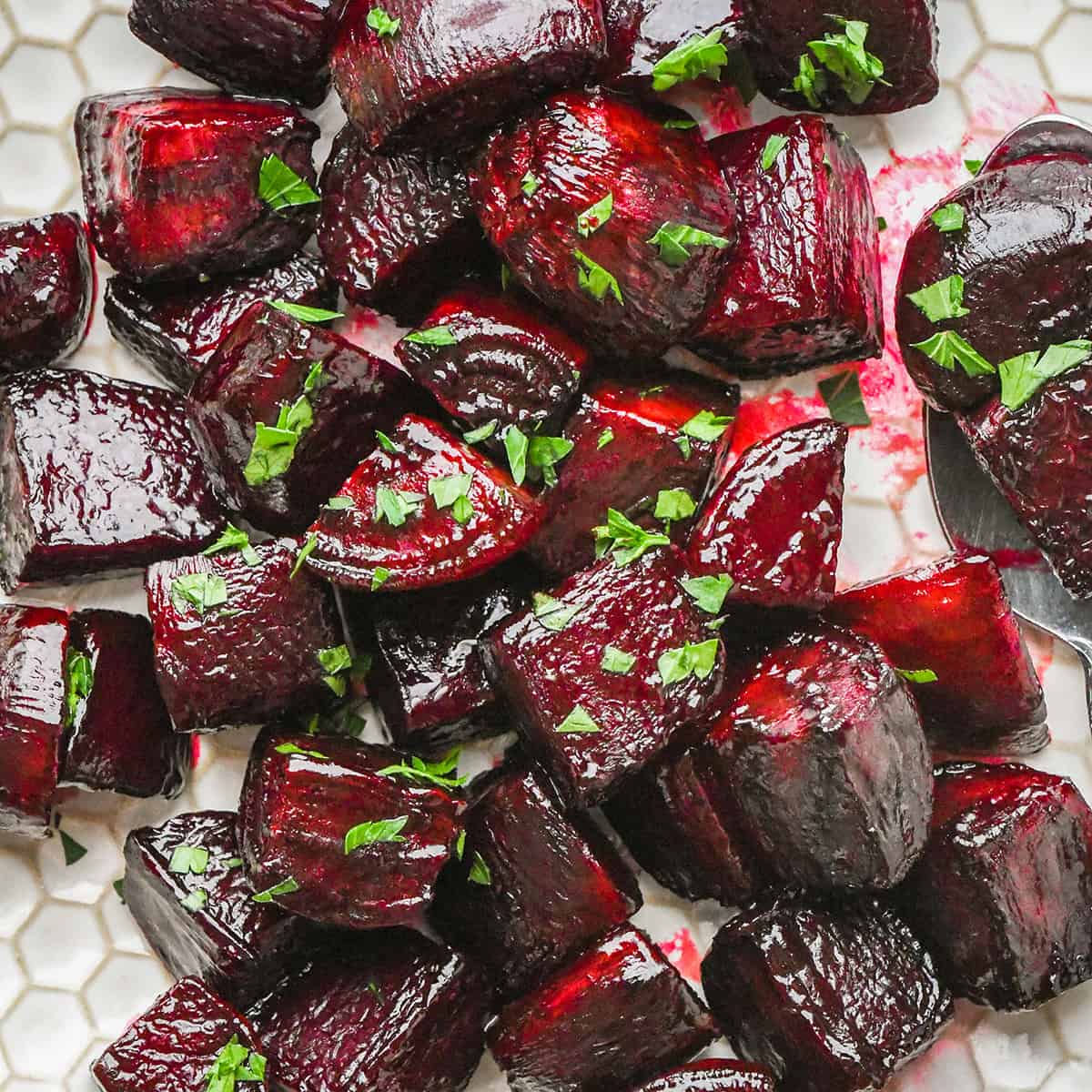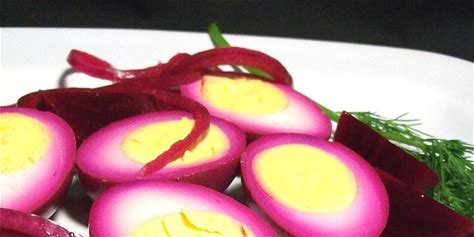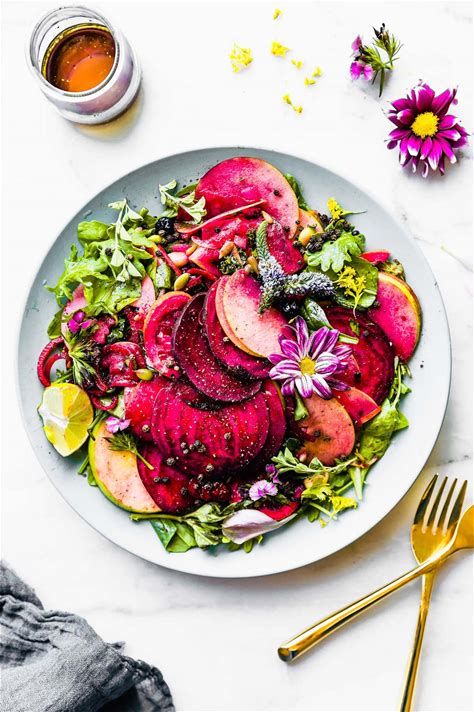


Beets are the taproot portion of a beet plant; in British English, it is known as beetroot. It is one of several cultivated varieties of Beta vulgaris grown for their edible taproots and leaves (called beet greens); they are commonly available in red or golden varieties.
History
Beetroot was domesticated in the ancient Middle East, primarily for the greens, and was grown by the Ancient Egyptians, Greeks, and Romans. From the Middle Ages, beetroot was used to treat various conditions, especially illnesses relating to digestion and the blood. During the middle of the 19th century, wine often was colored with beetroot juice. Food shortages in Europe following World War I caused great hardships, including cases of mangelwurzel disease, as relief workers called it. It was symptomatic of eating only beetroot.
Health benefits
Packed with nutrition, beets have antioxidants including betalains that fight cell damage and inflammation, potentially offering protection against cancer and heart disease. Health benefits of beets include more stamina during exercise, heart disease and stroke prevention, and lower blood pressure. Beets contain folate, manganese, Vitamin C, Vitamin A, and potassium.
Preparing and Storing
- Remove any greens before storing beets, and use the greens in salads, soups and other cooked dishes. Leaving the greens attached to the root can accelerate spoiling of the bulb.
- Do not rinse beets before storage, as the moisture can cause the bulb to wither.
- Store whole beets in the crisper drawer of the refrigerator, in an airtight container or ziplock bag. Beets can be stored in the refrigerator for up to 2 weeks.
- Clean beets before preparing by lightly rinsing and using a vegetable brush to clean excess dirt.
Recipes
Beets are usually eaten cooked but can be eaten raw. Raw beets are often finely grated, thinly shaved, or cut Julienne style for salads, but you can also juice and blend raw beets, use them in smoothies, or ferment them.
Beet greens, best when young, can be eaten raw or steamed, sauteed, or incorporated into soups and stews.
Roasting beetroots releases their natural sugar and gives them a smoky sweet flavor and tender texture. Roasted beets can be eaten as a side dish or added to salads and other dishes. The skins are easy to remove after roasting, no need to peel them first.
Oven Roasted Beet Recipe
Easy Roasted Beets – Spend With Pennies
